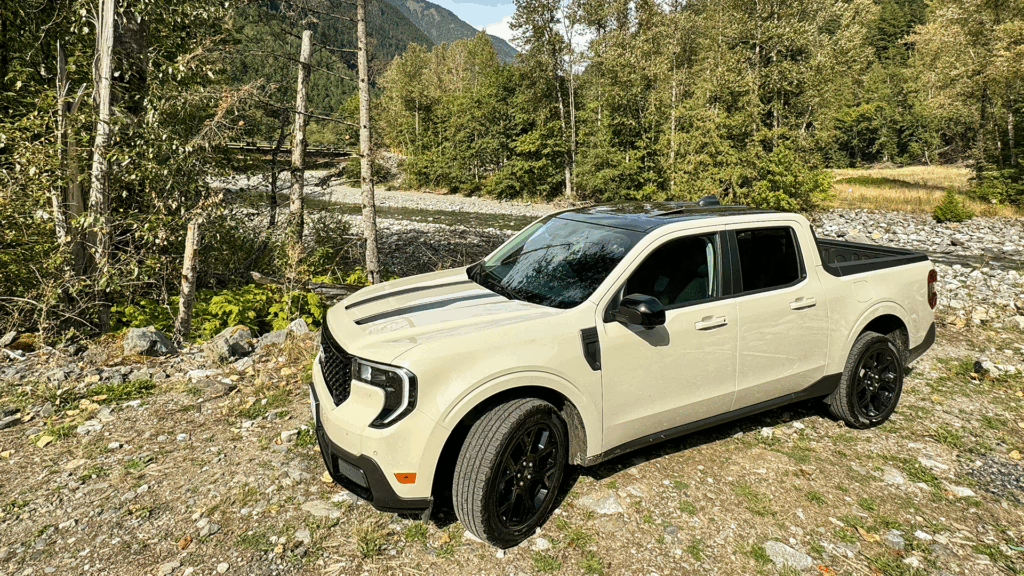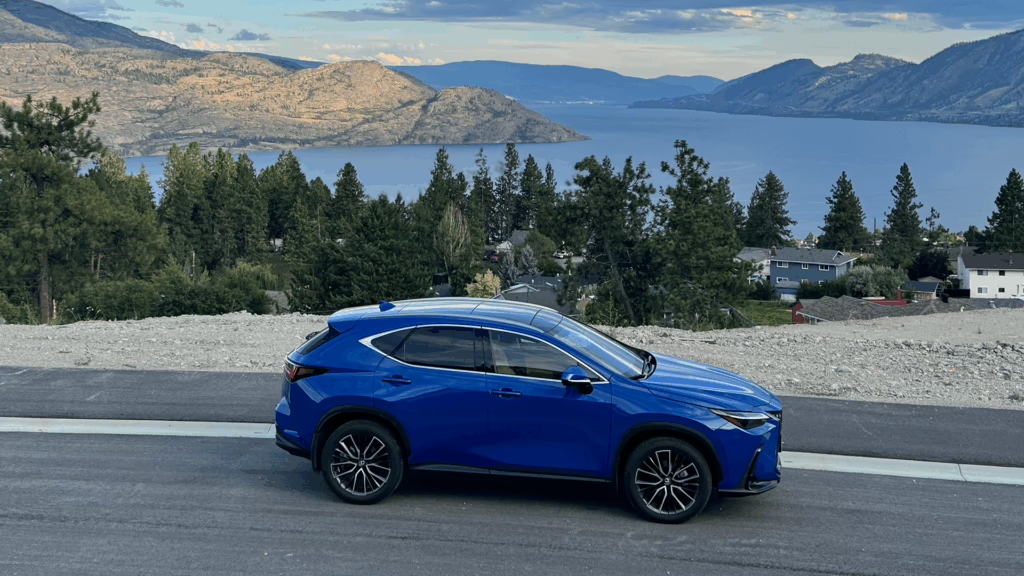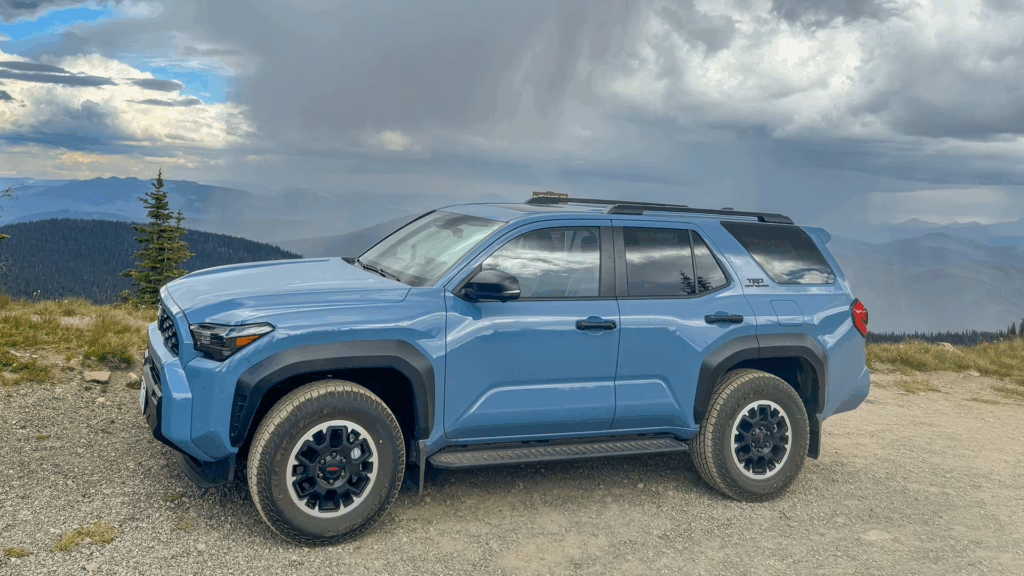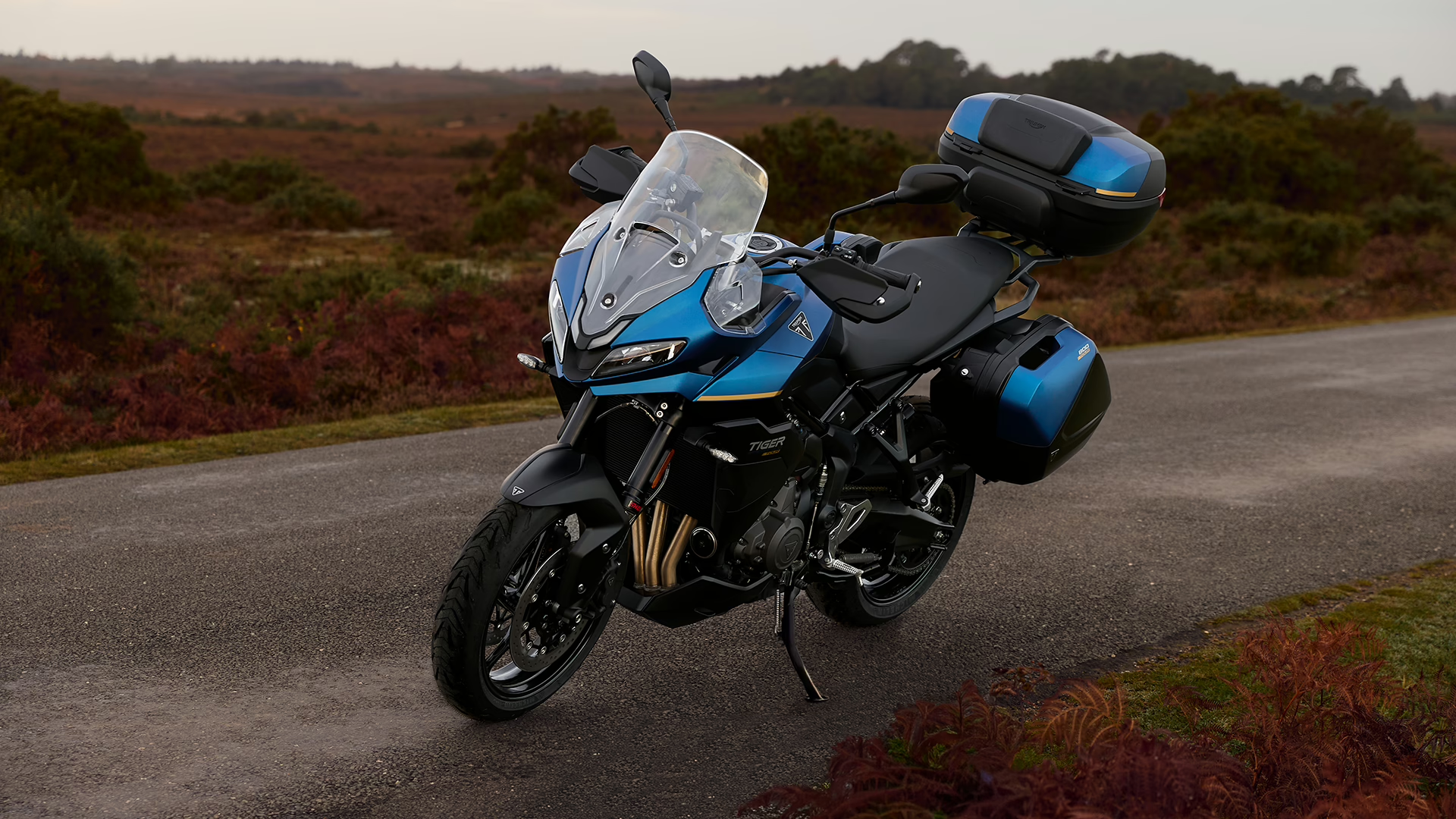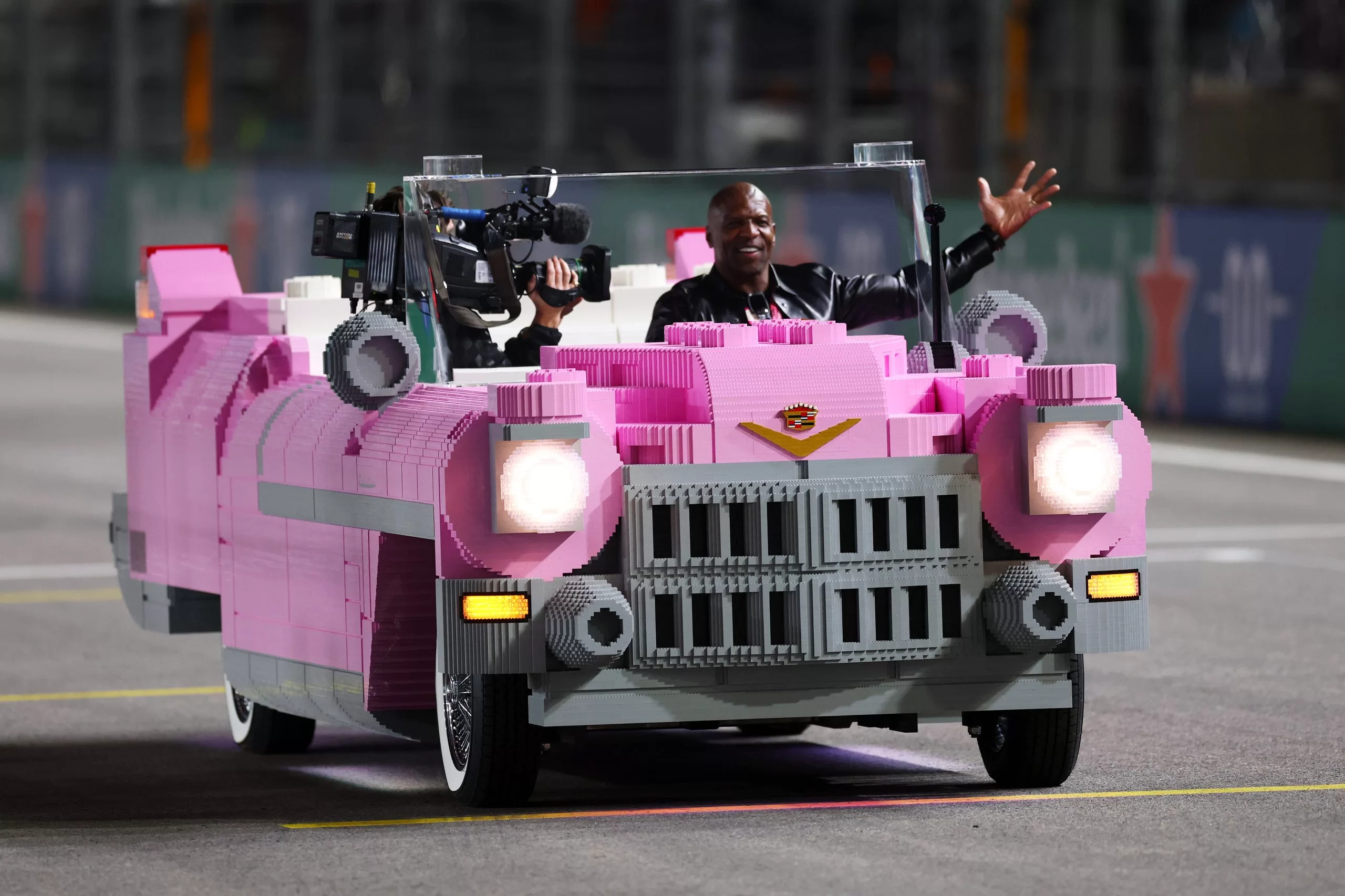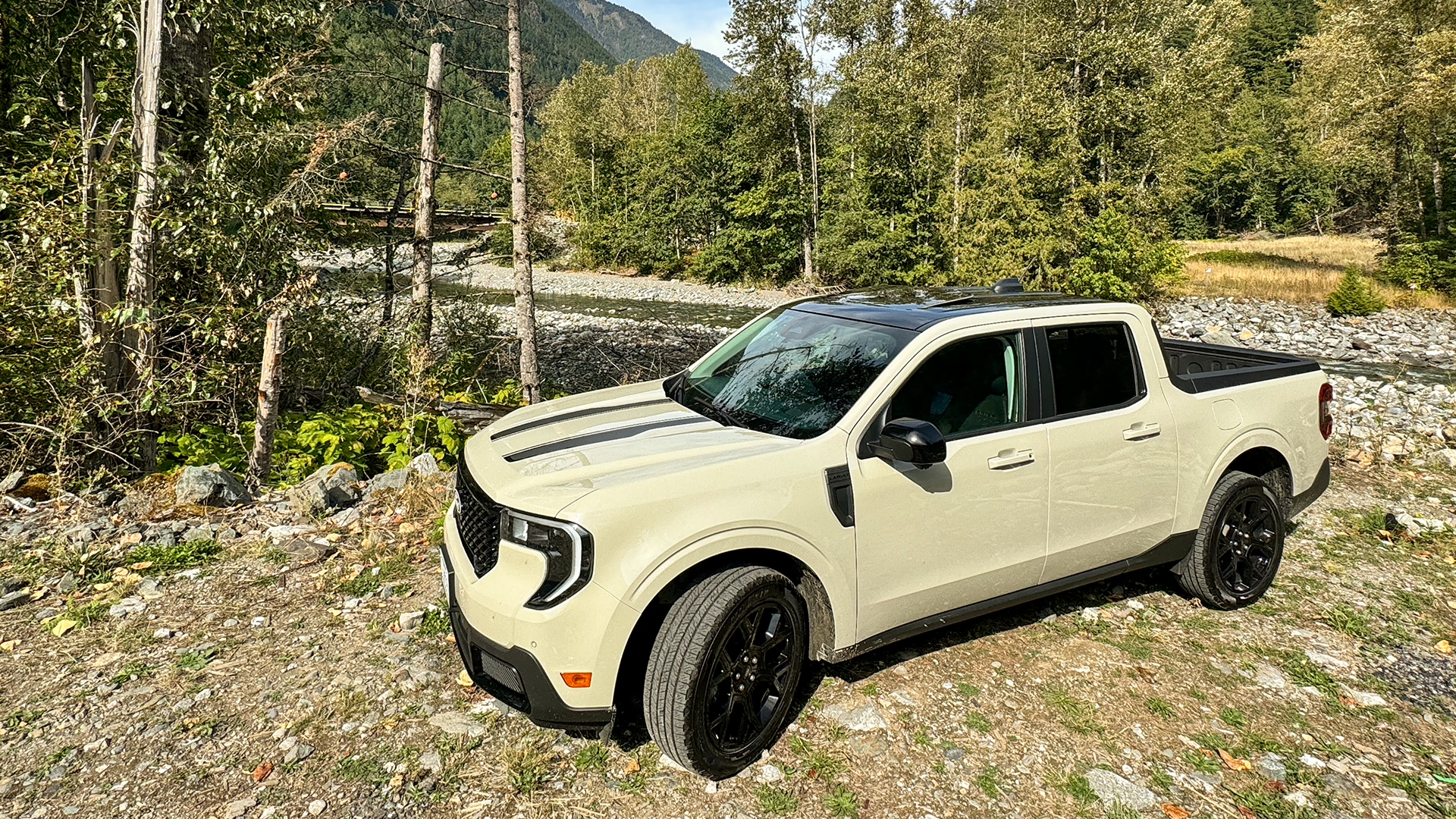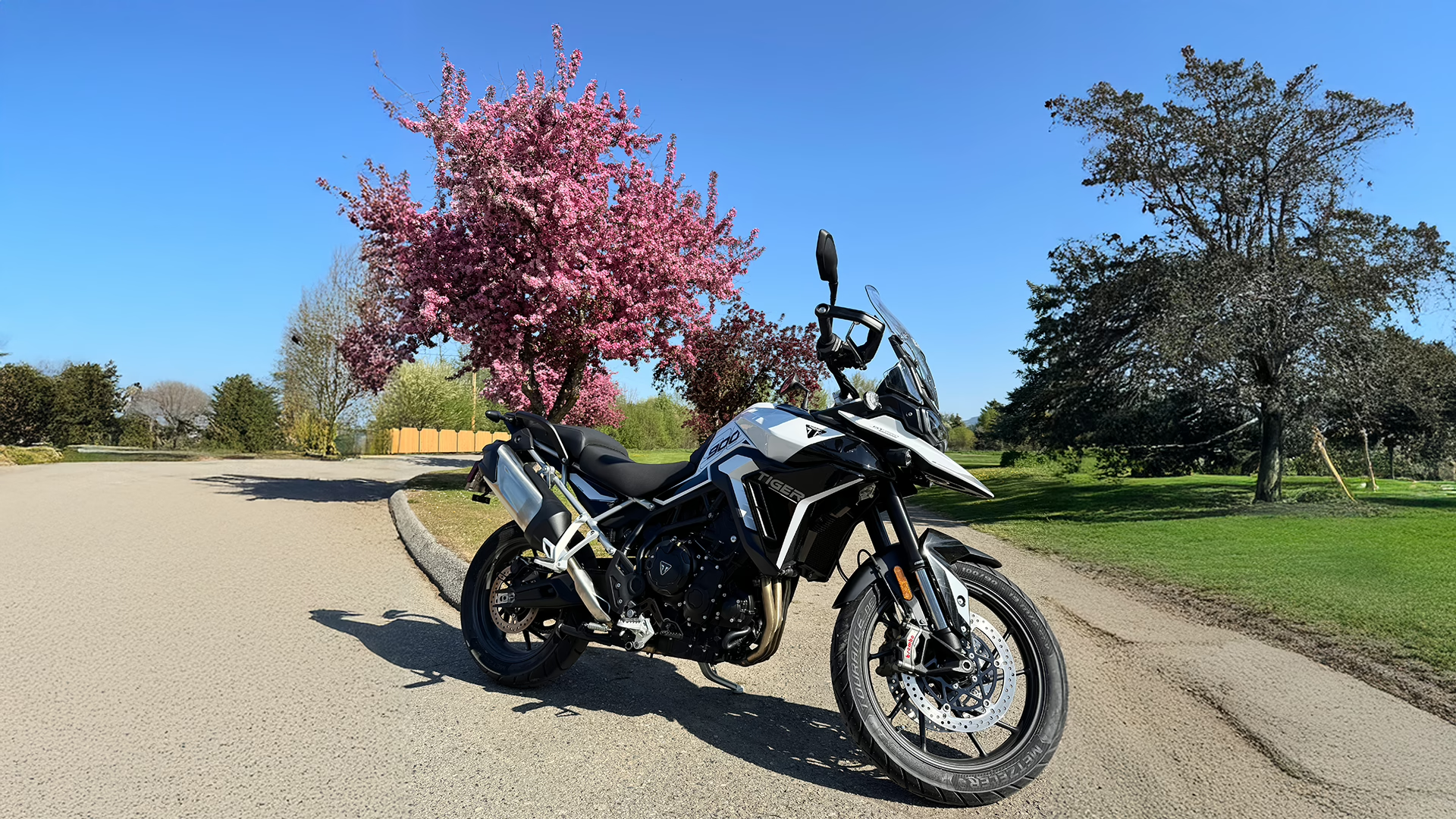
By Marissa Baecker
Everyone has skeletons in their closet and in the case of world champion custom bike builder, Roger Goldammer, they come in the form of raw metal frames, dinosaur bone looking gas tank fabrications (station bucks) and engine parts. Arriving at his shop hidden in the hills of the Okanagan, I was greeted by four dogs of various heights who politely escorted me to the entrance of the garage.
 My purpose? Meet the artist and check out his latest commission. A bike being created for the sole purpose of breaking his own land speed record set at the Bonneville Salt Flats in Utah. His goal – to reach and exceed speeds of 200 mph, on a stock based Harley, over the course of 5 days and three straight miles, in the blazing heat. Sounds ambitious but Goldammer was one of many that would spend endless hours in line waiting for that moment.
My purpose? Meet the artist and check out his latest commission. A bike being created for the sole purpose of breaking his own land speed record set at the Bonneville Salt Flats in Utah. His goal – to reach and exceed speeds of 200 mph, on a stock based Harley, over the course of 5 days and three straight miles, in the blazing heat. Sounds ambitious but Goldammer was one of many that would spend endless hours in line waiting for that moment.
Goldammer is no stranger to the Salt Flats. Each year, he makes his way to Utah for the annual ‘family’ reunion.
“The machines down there are as diverse as the people,” says Goldammer. “It is just a crazy mix of engines and bikes of all types from diesel powered machines to converted dirt bikes to all out production sport bikes to completely hand built efforts. A lot of old vintage bikes – well represented by the British bike crowds – some Vincents and Nortons – and it is just really wonderful to be part it to keep that tradition going.”
The interesting aspect of his latest build was that Goldammer decided to utilize only the parts he had to spare – a bit of a recycling project you could say.
“This build is simple in some ways,” continues Goldammer, “because we are starting out with an existing motorcycle. I am trying to do this one cost effectively.”
Starting with a bent frame, he replaced the back bone and down tubes and continues to explain how he stretched “the whole thing out somewhat”, lowered the neck, and put a short front end on it.
“I had a spare engine lying around so I built it up,” he states. “It’s a pretty large, high compression engine, naturally aspirated; I built an intake manifold from two downdraft carburetors and I have two nitrous bottles in the tail section of the bike, and a lot of electronics.”
Why? Because breaking 200 mph is not only a challenge but “doable”.
 If you are unfamiliar with the use of nitrous (not mentioning any names here), there are many factors to take into consideration and Goldammer, a seasoned vet on the flats, has enough experience to know exactly what it is he needs and has the skill to make it happen.
If you are unfamiliar with the use of nitrous (not mentioning any names here), there are many factors to take into consideration and Goldammer, a seasoned vet on the flats, has enough experience to know exactly what it is he needs and has the skill to make it happen.
“Bonneville is fairly high up,” he relates, “it’s hot, very bad air, corrected altitude of some 7,500 feet so nitrous works quite well. It’s good air in a bottle – creates really good air. Rarely do you get a chance on a bike that you go as fast as it will go. You hit that wall of air and the bike will not go any faster, then you hit that magic button and it just pulls you forward, you just feel it in your whole body as it is layed out across the bike. It is atmosphere in a bottle – it creates really good air – but you don’t’ want to get too greedy.”
Modifying the bike for speed was first and foremost but being a bike builder, “It has to look good too,” admits Goldammer. “It has to have that creative hand crafted element.”
In addition to that, the bike had to be built as low and as narrow as possible because “if you can get that air to go completely around and over you, you can cut your wind resistance down and go much, much faster.”
The downfalls of modifying a stock bike meant that normal feet positioning would not be possible without breaking out of the lean and narrow mould that land speed racing dictates. To compensate, Goldammer install feet pegs closer to that of a passenger peg making his knee come forward and bend back as opposed to a normal crouch of a race rider. As a result, the low seating positioning that a Harley softtail delivers would have to be modified for a higher, custom made seating position to accommodate the legs.
 Standard shifting would be complicated in the framework and platform that this bike would be operated so electronic shifting would be utilized in its place.
Standard shifting would be complicated in the framework and platform that this bike would be operated so electronic shifting would be utilized in its place.
The vision for the build would consist of hand built aluminum bodywork and Goldammer designed, cut, fabricated and installed the full fairing, fenders, seat and front fairing and intentionally left all bodywork in bare metal.
“When something is natural you can see what it is made of,” he says. “There is no hiding anything. There is no paint, no filler and you can really see what it consists of. You can see the imperfections. Even if there are some, it is nice to be able to see them and see how it came about and where the welds are.”
Once it is all assembled and ready to go, it’s industry racing standard 17 inch tires – high speed gridded tires – “the stickiest road legal tires there are because you want tread” on the flats.
Basic guidelines for the salt flats are two miles to get your bike up to speed, then the timing begins as you enter the third mile so you better be close to your speed as you hit mile three. What stops you on the other side – nothing but real estate. Front brakes are optional on the flats and the rear brake on Roger’s machine was controlled by the right handlebar, the rest is just time.
A busy summer schedule kept Goldammer from trying his bike out before the flats on anything but a dyno. Heading into the trials, it would be winging it.
“At some point you just have to have faith in what you built and go for it,” he said.
As it turns out, a trial run would have been beneficial. Day one on the flats, the bike was handling well, performing well and running over 200 mph as anticipated. On the third run, as it entered mile three, Goldammer recalls, “Things were going well, about ¾ of the way through the run, I lost power. I pulled the clutch in and the oil filler plug hit my leg which tells me I may have lost a piston.”
He wouldn’t be certain until the bike would go up on a hoist under a tent right there on the flats with several willing builders to help diagnose the problem. As it turned out, Goldammer’s first inclination was correct.
“If your going to blow up an engine, why not do it at 193 mph,” Goldammer laughs.
All in a days racing he says. The fun part is now taking the bike apart again and making it even better for the next season.


